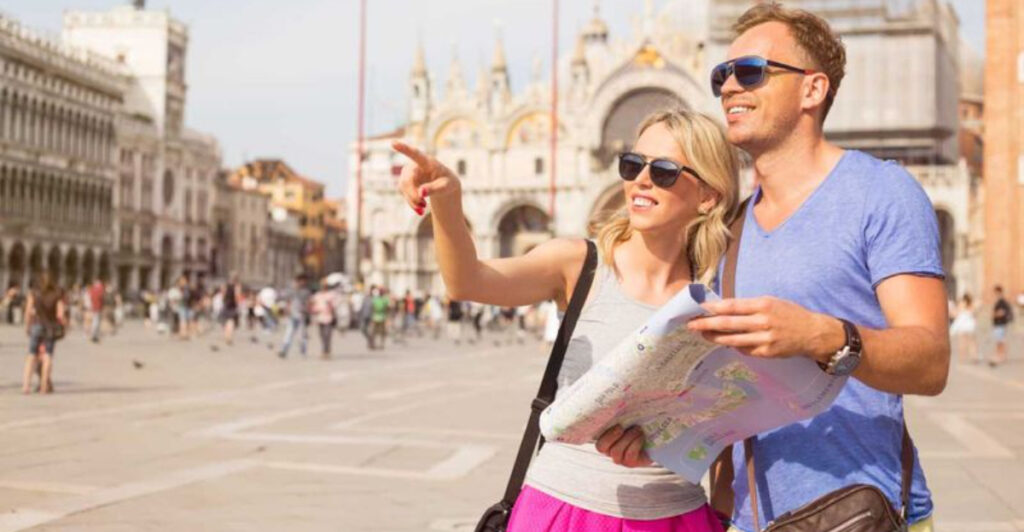Italy captures hearts with its stunning architecture, incredible food, and warm culture. However, many tourists unknowingly commit cultural blunders that make locals cringe. These common mistakes can lead to embarrassing moments, hefty fines, or missed authentic experiences. Learning what not to do will help you blend in like a seasoned traveler and earn respect from the locals you meet.
1. ☕ Ordering a Cappuccino After Breakfast
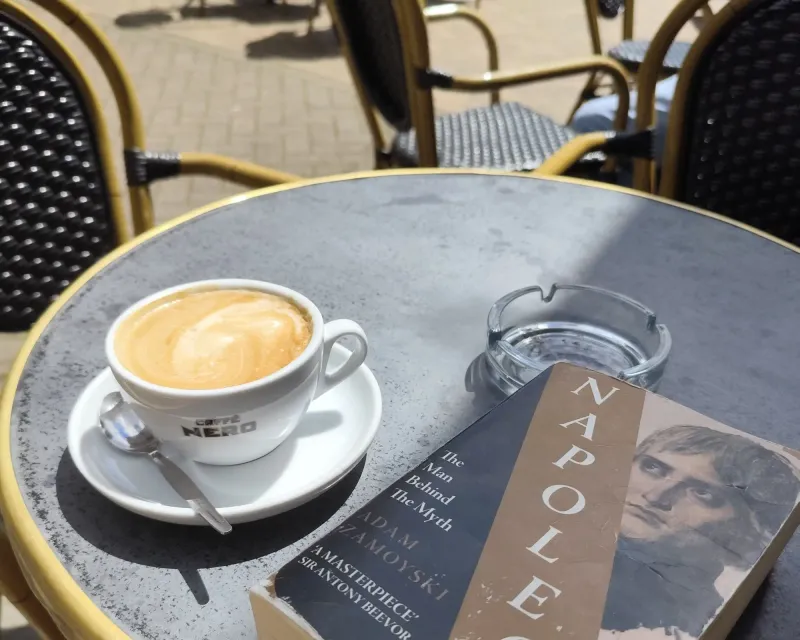
Italians consider milk-based coffee drinks strictly morning beverages, believing that milk interferes with proper digestion after meals.
This cultural rule runs so deep that many cafes won’t even serve cappuccinos after 11 AM. Locals associate afternoon cappuccinos with tourists who don’t understand Italian coffee culture.
Skip the embarrassment and order an espresso instead. Romans and Milanese alike appreciate when visitors respect their coffee traditions and timing.
2. 🍝 Asking for Pasta with Chicken
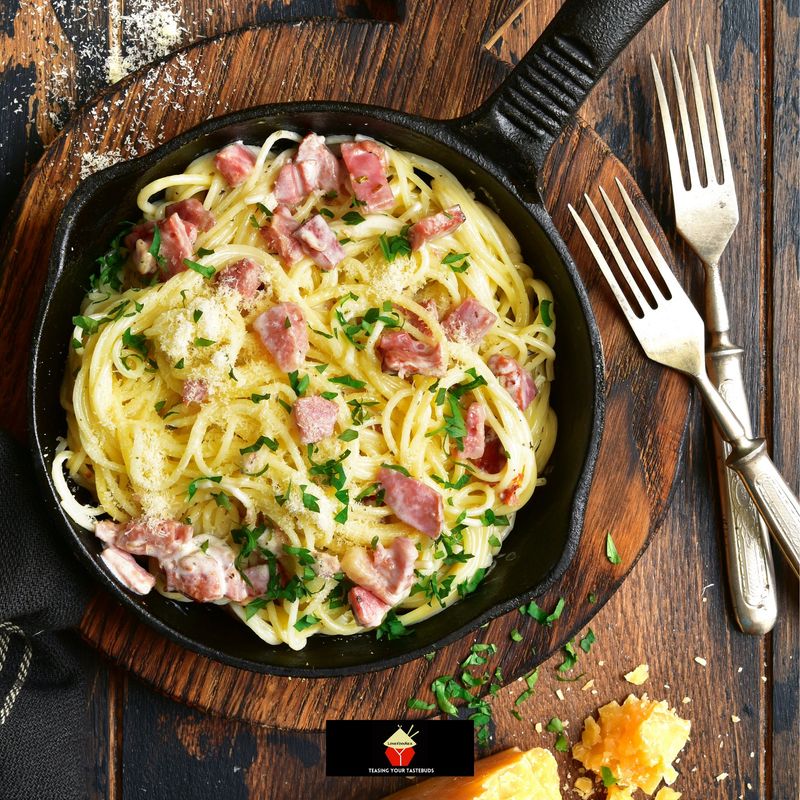
Nothing screams “tourist” louder than requesting chicken on your spaghetti. Traditional Italian cuisine never combines pasta with poultry – this American invention horrifies authentic Italian chefs. Regional pasta dishes follow centuries-old recipes that locals take seriously.
Roman trattorias especially pride themselves on classic preparations like Carbonara, made with guanciale, eggs, and pecorino cheese. Adding chicken would be considered culinary sacrilege.
Embrace authentic flavors instead. Try Pasta alla Carbonara in Rome or Pasta alle Vongole on the Amalfi Coast. Your taste buds will thank you for experiencing real Italian cooking traditions.
3. ⛪ Wearing Shorts and Sleeveless Tops in Churches

Sacred spaces demand respect, and Italian churches enforce strict dress codes. The Vatican, Duomo di Milano, and countless cathedrals will deny entry to visitors showing bare shoulders or knees. Security guards stationed at entrances turn away improperly dressed tourists daily.
Summer heat makes this rule challenging, but religious sites maintain these standards year-round. Many churches provide disposable coverings, but supplies often run out during peak tourist seasons.
Smart travelers carry lightweight scarves or shawls for instant coverage. This simple preparation ensures you won’t miss breathtaking frescoes or historic altars because of wardrobe choices.
4. 🚗 Driving in ZTL Zones (Even Locals Facepalm This!)
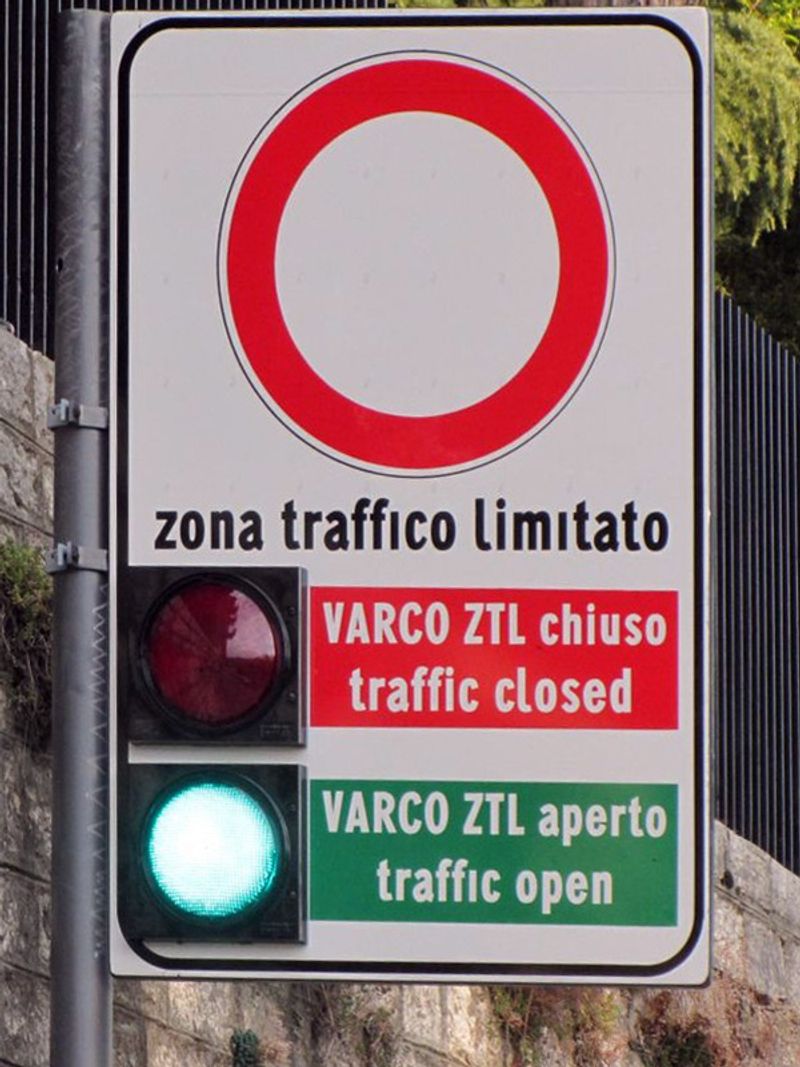
Zona a Traffico Limitato zones are rental car graveyards where unsuspecting tourists rack up massive fines. These restricted areas protect historic city centers, but cameras automatically photograph every license plate that enters illegally.
Fines range from €80 to €200 per violation, and you might receive multiple tickets for the same trip. Rental companies add processing fees, turning a simple wrong turn into a €500 nightmare that arrives months later.
Even Italian drivers avoid these zones unless they have permits. Stick to walking, cycling, or public transportation in historic centers. Your wallet will survive the vacation much better.
5. 🍕 Eating Pizza with a Fork and Knife
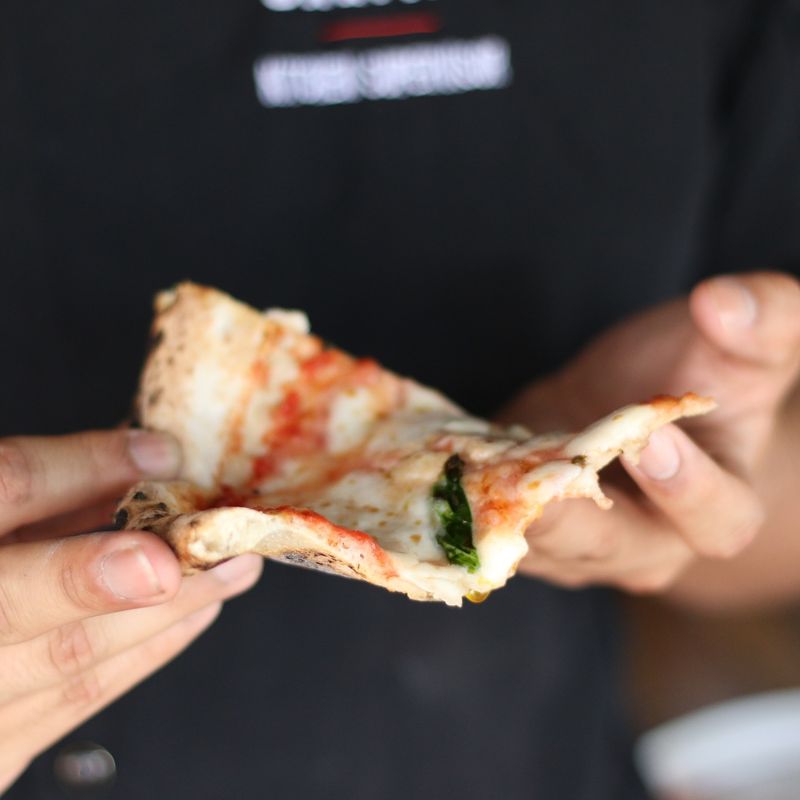
Authentic Neapolitan pizza arrives at your table with a soft, foldable crust that’s meant to be eaten by hand. Using utensils marks you as someone unfamiliar with proper pizza etiquette. Locals fold their slices “a portafoglio” (like a wallet) for easy eating.
The traditional technique prevents toppings from sliding off while maintaining the pizza’s intended texture and temperature. Forks and knives actually make the experience more difficult and less enjoyable.
Follow the lead of nearby Italians and use your hands confidently. Only extremely saucy varieties might require utensils, but most authentic pizzerias serve perfectly manageable hand-held slices.
6. 🚂 Not Validating Train Tickets
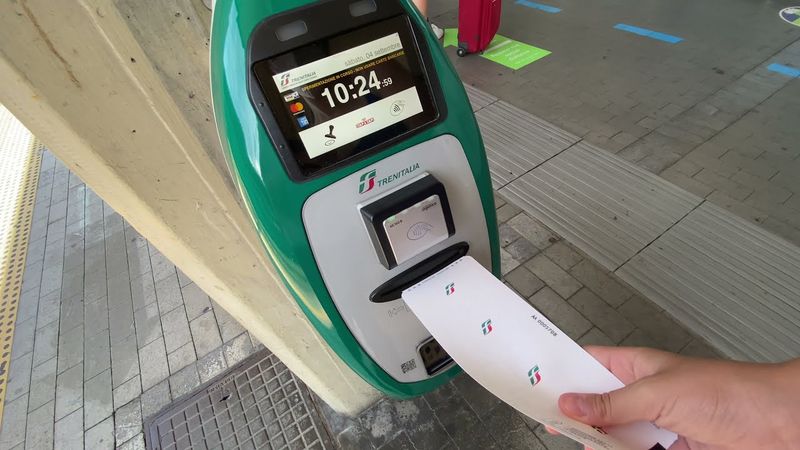
Those yellow machines at train stations aren’t decorative – they’re mandatory ticket validators that prevent costly fines. Conductors regularly patrol trains checking for properly stamped tickets, issuing €50+ penalties to unprepared passengers.
Many tourists assume purchased tickets are automatically valid, but Italian rail systems require validation to prevent fraud and ticket sharing. The timestamp proves when and where you began your journey.
Always validate before boarding, even for reserved seats. Look for the distinctive yellow or green machines near platforms and insert your ticket completely until you hear the stamping sound. This simple step saves significant money and embarrassment.
7. ⏰ Expecting Dinner Before 7:30 PM
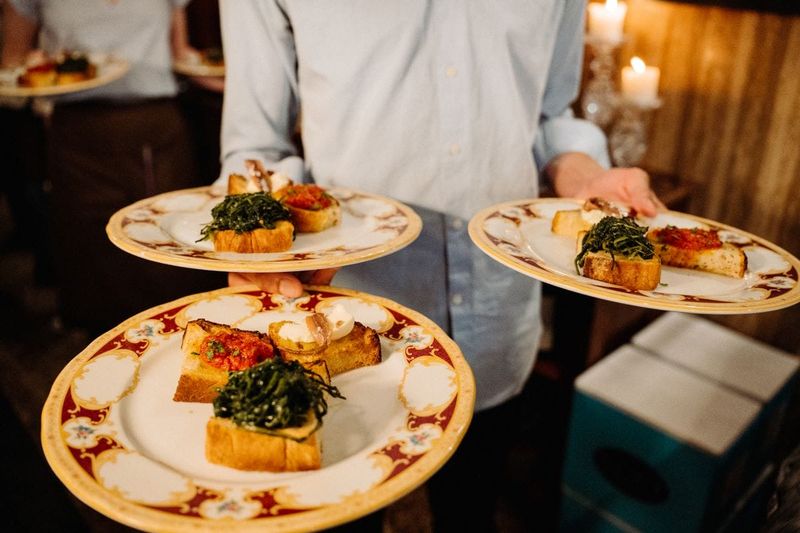
Hungry American tourists often discover empty restaurants at 6 PM, wondering where everyone went. Italian dining culture operates on a completely different schedule, with dinner service typically beginning around 7:30 or 8 PM in most regions.
Southern Italy pushes dinner even later, sometimes starting at 9 PM. Restaurants use early evening hours for preparation, and kitchens simply aren’t ready for dinner orders.
Embrace the Italian rhythm with aperitivo culture instead. Head to wine bars around 6 PM for drinks and small plates, then transition to dinner when restaurants open. This authentic approach lets you experience Italian social traditions properly.
8. 💧 Paying for Bottled Water at Restaurants
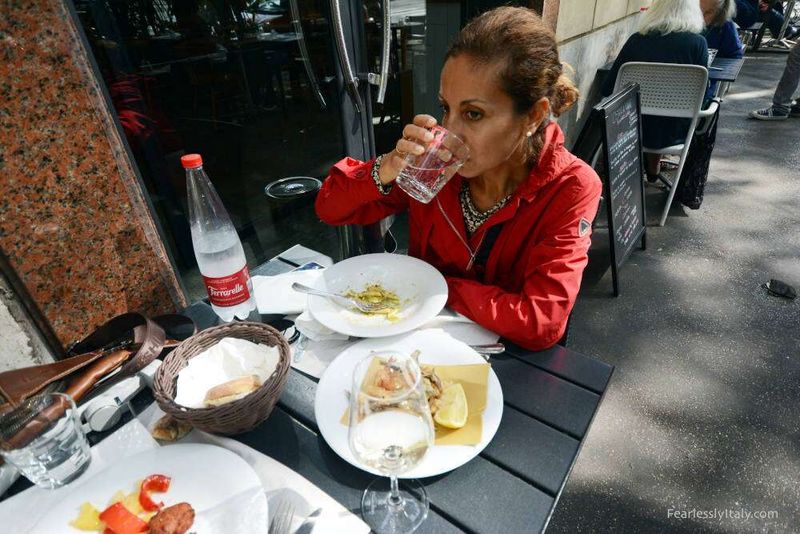
Italian tap water meets excellent safety standards, yet many restaurants automatically serve expensive bottled water to unsuspecting tourists. This practice generates significant profit margins while taking advantage of visitors’ unfamiliarity with local customs.
Legally, restaurants must provide free tap water when requested, though some servers conveniently forget to mention this option. The water quality in major Italian cities often surpasses bottled alternatives.
Confidently ask for “acqua del rubinetto, per favore” (tap water, please) and watch your bill shrink considerably. Most Italians drink tap water regularly, and you’ll blend in while saving money for gelato instead.
9. 🍦 Getting Gelato from Piled-High, Colorful Displays
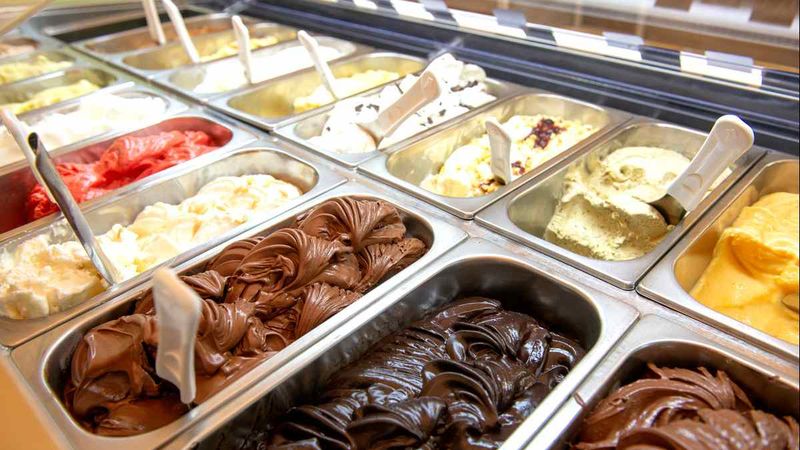
Those Instagram-worthy gelato displays with towering, fluorescent-colored scoops are tourist traps serving artificial flavors and preservatives. Authentic gelaterias store their products in covered metal containers to maintain proper temperature and texture.
Real gelato uses natural ingredients that produce muted, realistic colors. Bright green pistachio or electric blue flavors indicate artificial additives that compromise both taste and quality.
Seek out shops where gelato sits below the display case rim in metal tins. Natural pistachio appears brownish-green, and fruit flavors match their actual colors. These subtle visual cues lead to genuinely superior gelato experiences that locals actually frequent.
10. 🗣️ Not Learning Basic Italian Phrases
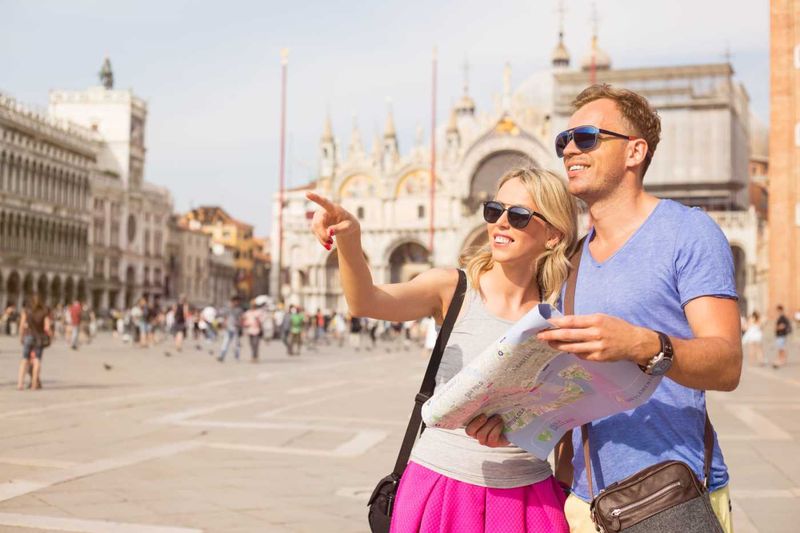
Italians genuinely appreciate when visitors attempt their beautiful language, even imperfectly. Simple phrases like “grazie” (thank you) and “per favore” (please) demonstrate respect for local culture and often result in warmer interactions.
Learning “Un caffè, per favore” (coffee, please) and “Dov’è il bagno?” (where’s the bathroom?) covers essential daily needs while showing cultural consideration.
Don’t worry about perfect pronunciation – Italians understand the effort matters more than accuracy. Many locals speak some English but respond more enthusiastically when tourists try Italian first. This small gesture opens doors to authentic conversations and insider recommendations.

